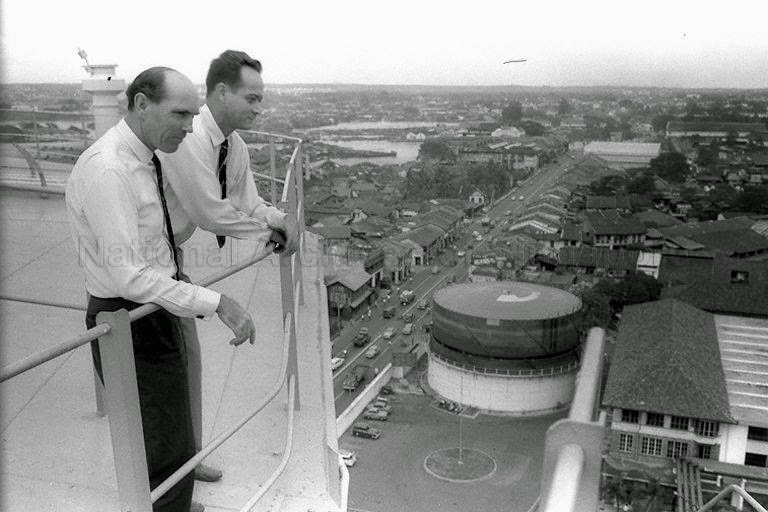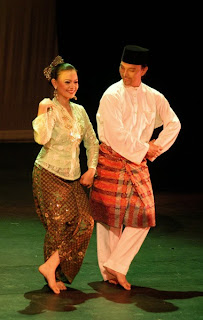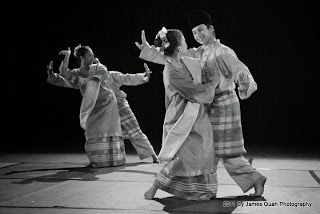Travelling Circus in Town
Since 2002, Singaporeans no longer had the chance to watch travelling circuses in Singapore.
When I grew up in Bukit Ho Swee in the 1950s, the children would be excited and curious whenever the colorful advertising posters were pasted prominently everywhere on the walls ..... "Circus in Town".
This nostalgia blog is curated with the resources from National Archives of Singapore and NewspaperSG of the National Library Board, Singapore with photo credit and acknowledgement.
There were adults in the audience too .....
I remember that I attended a "Circus Brazil" in 1959 when I was at Delta School. The circus was located at the Great World Amusement Park in Kim Seng Road, Singapore.
The concession tickets for students are booked through the school at $1.00 or $1.50 (matinee shows in the afternoon) for admission to the circus to watch the "live" performances of elephants, lions, tigers, horses ..... these are not domestic animals which people normally keep as pets. There were 2 shows each day, one in the afternoon and one at night.
The travelling circuses are located at various parts of Singapore where there were vacant land to be rented for about 2 months. The "Big Top" were set up and the performing animals were kept in cages outside the tents.
The "Great Royal Circus of India" sailed in a ship to Singapore on 7 July, 1968. All the animals - lions, tigers, chimpanzees, donkeys, bears, dogs and the ligers (cross between a lion and a tiger) were kept in cages.
Various Travelling Circus in Singapore
 |
| Kinoshita Circus in 1956 |
The "Da Tian Qiu Circus" was formed in 1918 and the owner and aecrobat performers from Johor.
One of the circus performers, Sheum Chang Fu, left "Da Tian Qiu" to form the "Sheums Circus" in 1936.
 |
| Sheums Circus at Jalan Toa Payoh, Singapore c 1965 |
According to "The Singapore Free Press" published on 22 November, 1926, the ever popular Harmston's Circus in the east as long as some of the pioneer generation Singaporeans could remember. Those whose recollection goes so far back will remember the debut of Bob Harmston's circus on the swampy triangular site at the bottom of Fort Canning Hill, where Tank Road Station once located.
There were many performing horses, elephants, tigers and other wild animal acts. One of the features of a varied programmes presented by dare-devil Jenkins, who mounted on a Harley-Davidson motor-cycle jumped thirty-five feet - a skillful and thrilling feat.
Travelling Circus banned in Singapore in 2002
Some circuses were banned to protect animals and humans.
The Agri-food and Veterinary Authority of Singapore (AVA) has banned travelling circuses with performing wild animals from entering Singapore effective 1 January, 2002.
AVA had monitored the rate of mishaps and abuse from the use of wild animals in circuses in Singapore several years ago. In some extreme cases, there have been serious injuries and dealth among trainers and audience members.
Singapore, however, has been accident-free over the past years. The last circus in town was the Moscow Circus, in June 1998.
"Can you imagine if we have a circus here and one of the tiger leaps at the crowd?"
"But before animal lovers cry foul that the move is more in human interest than for the welfare of animals, the ban does target the abuse and mistreatment of animals by circus owners and trainers," said AVA.
The ban or restrict the use of wild animals in circus acts. It is in the interest of public safety and animal welfare. The AVA noted that the cages and containers used to transport and hold animals were unsuitable as permanent housing.
Moreover, training methods used by circuses have not been endorsed by any animal welfare organisation.
Since 2002, Singaporeans will have to go to the Singapore Zoological Gardens and Jurong Bird Park, instead of the circuses, to see wild animals and birds.
The ban does not apply as the performing animals in these places need not travel, and are trained by a reward system. In addition, these animals are housed in an environment that are designed to be as close to their natural habitat as possible.
We should not enjoy and have fun as an entertainment at the expense of other living creatures.
Labels: Travelling Circus in Town




























































